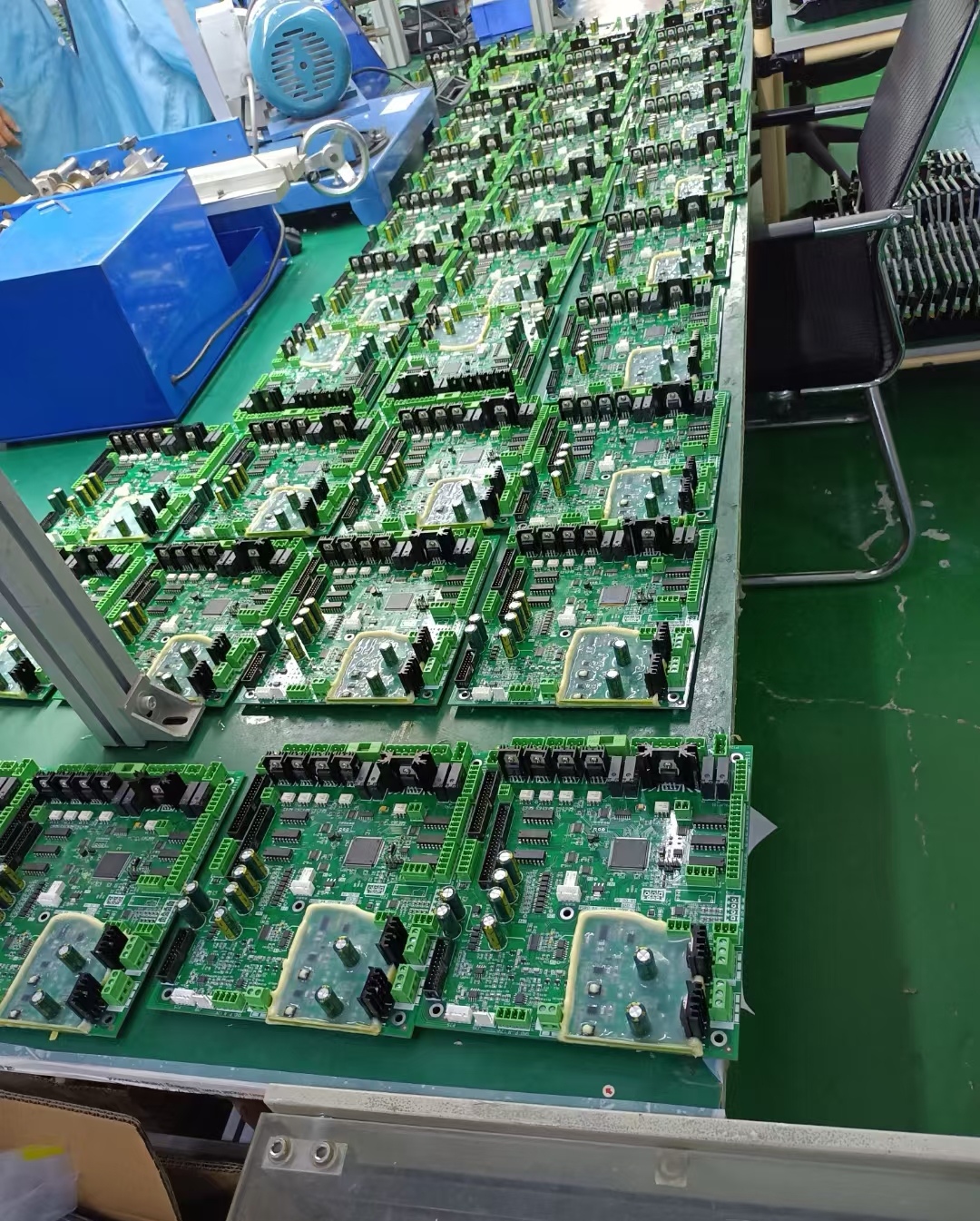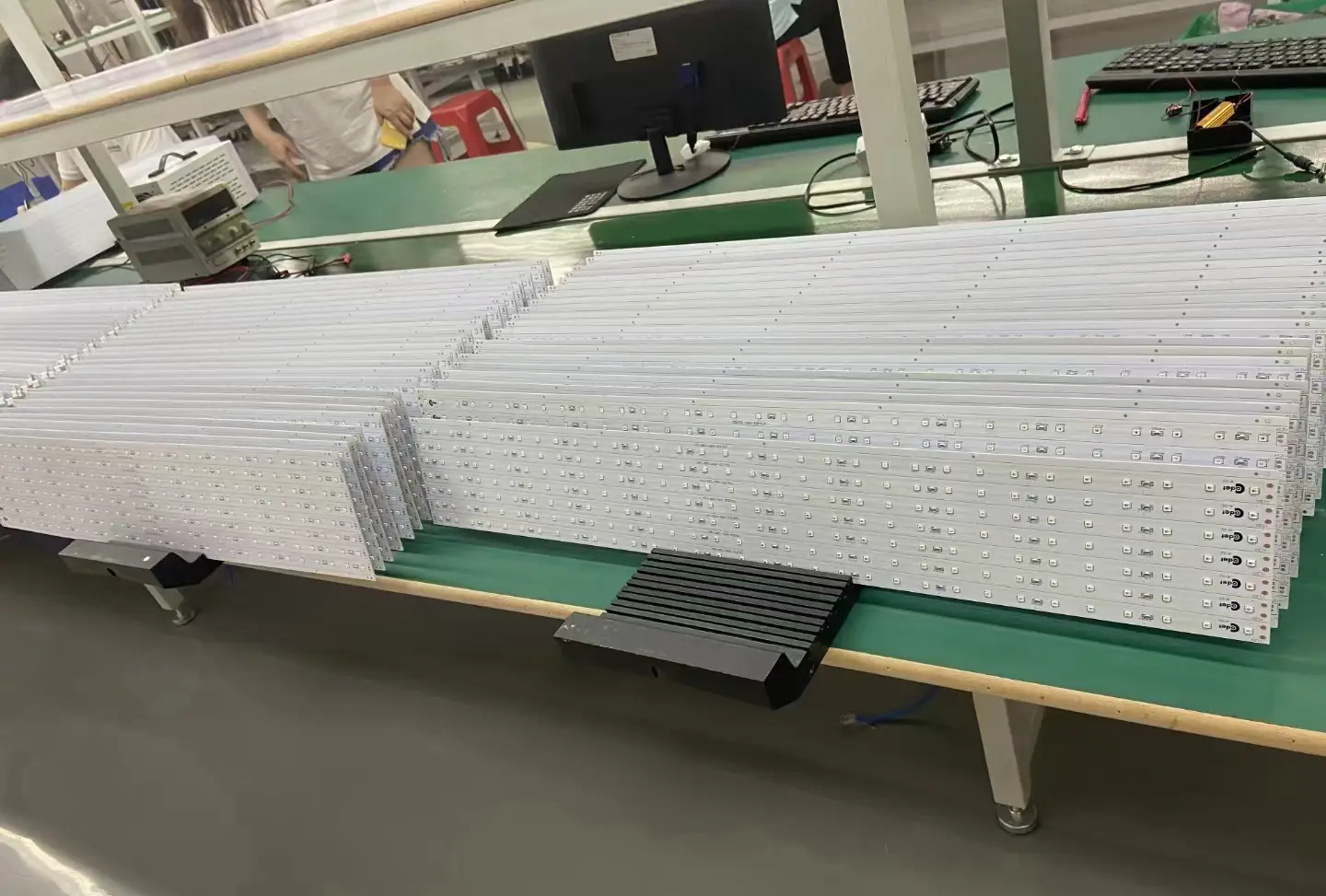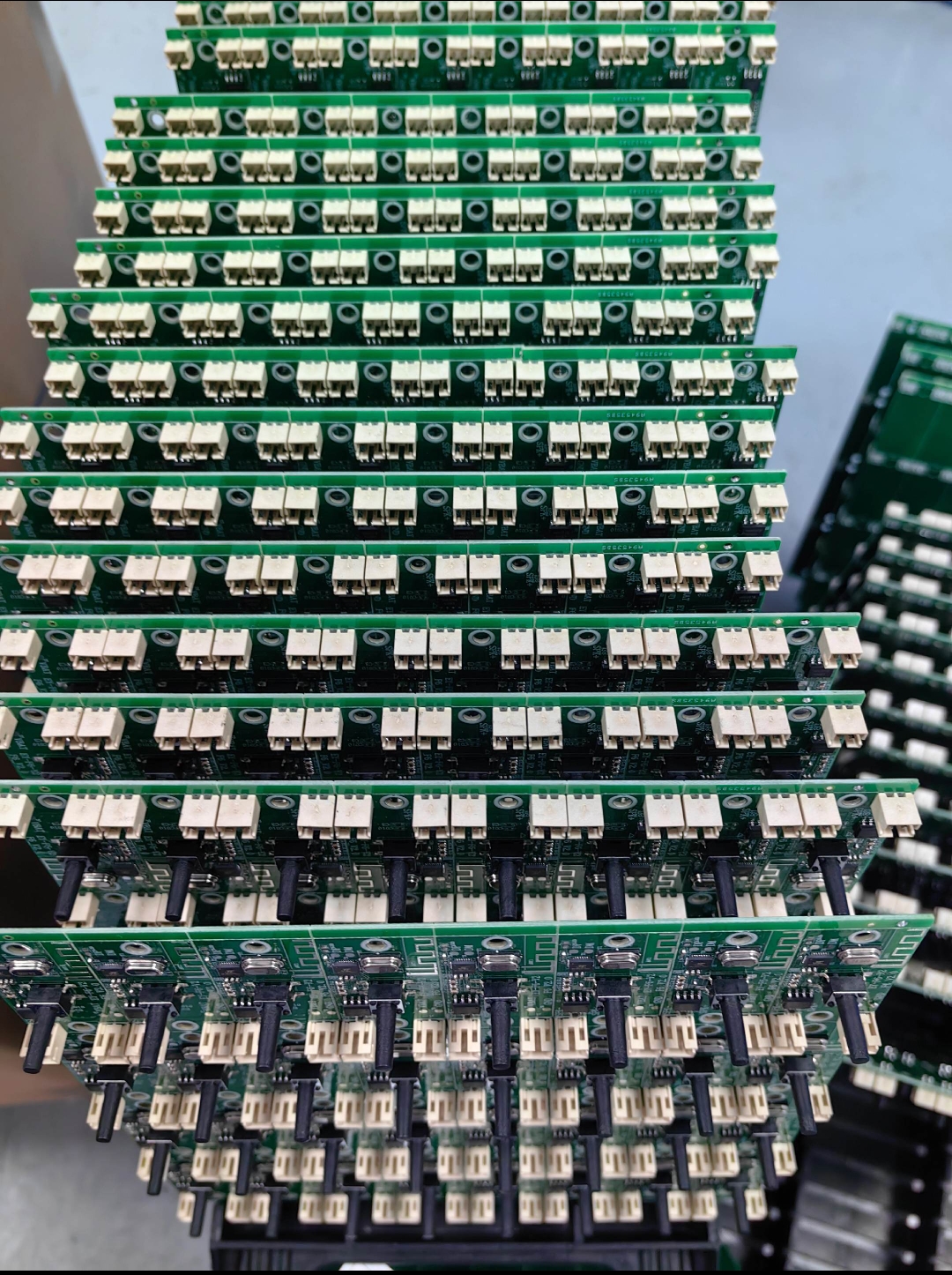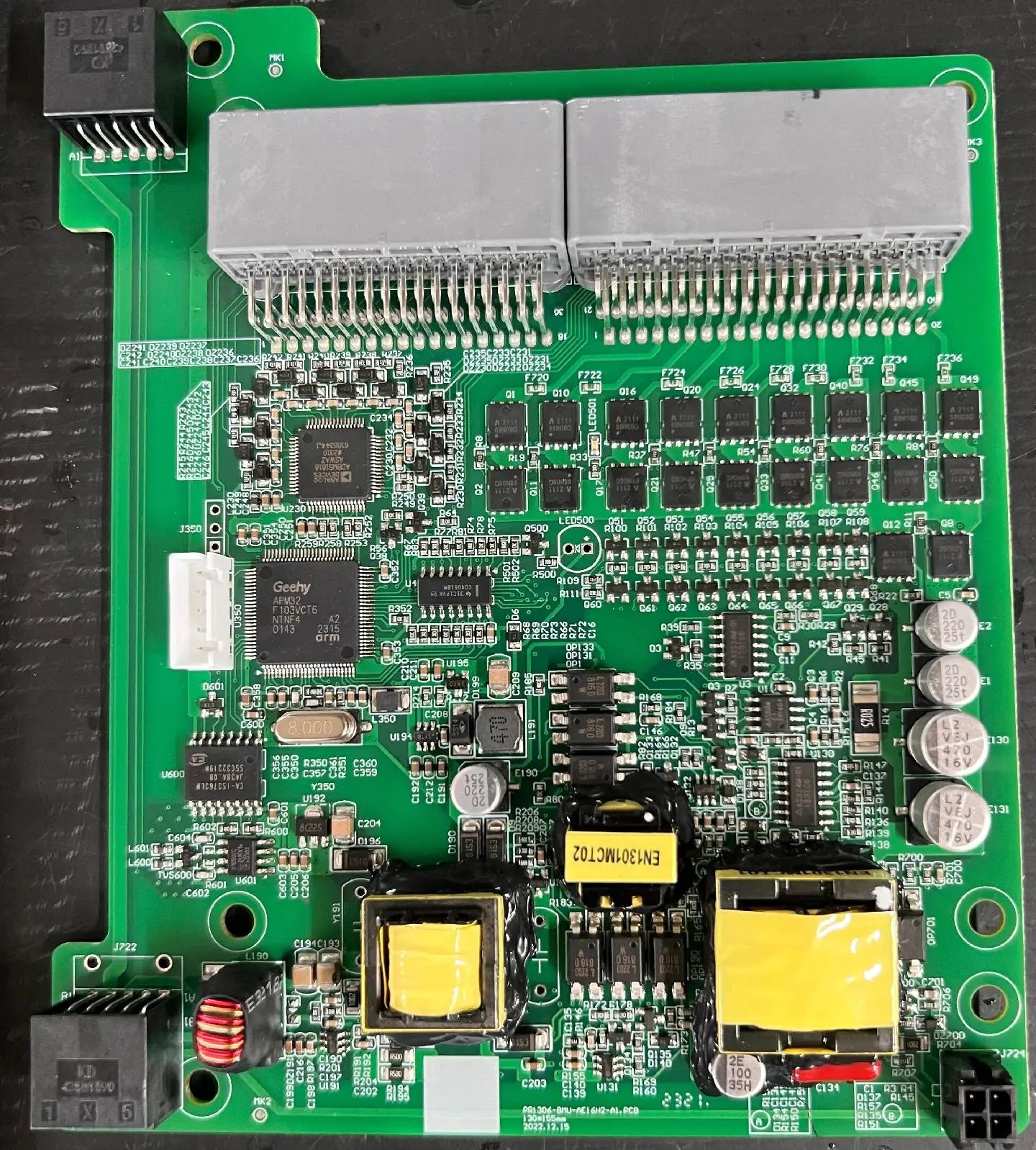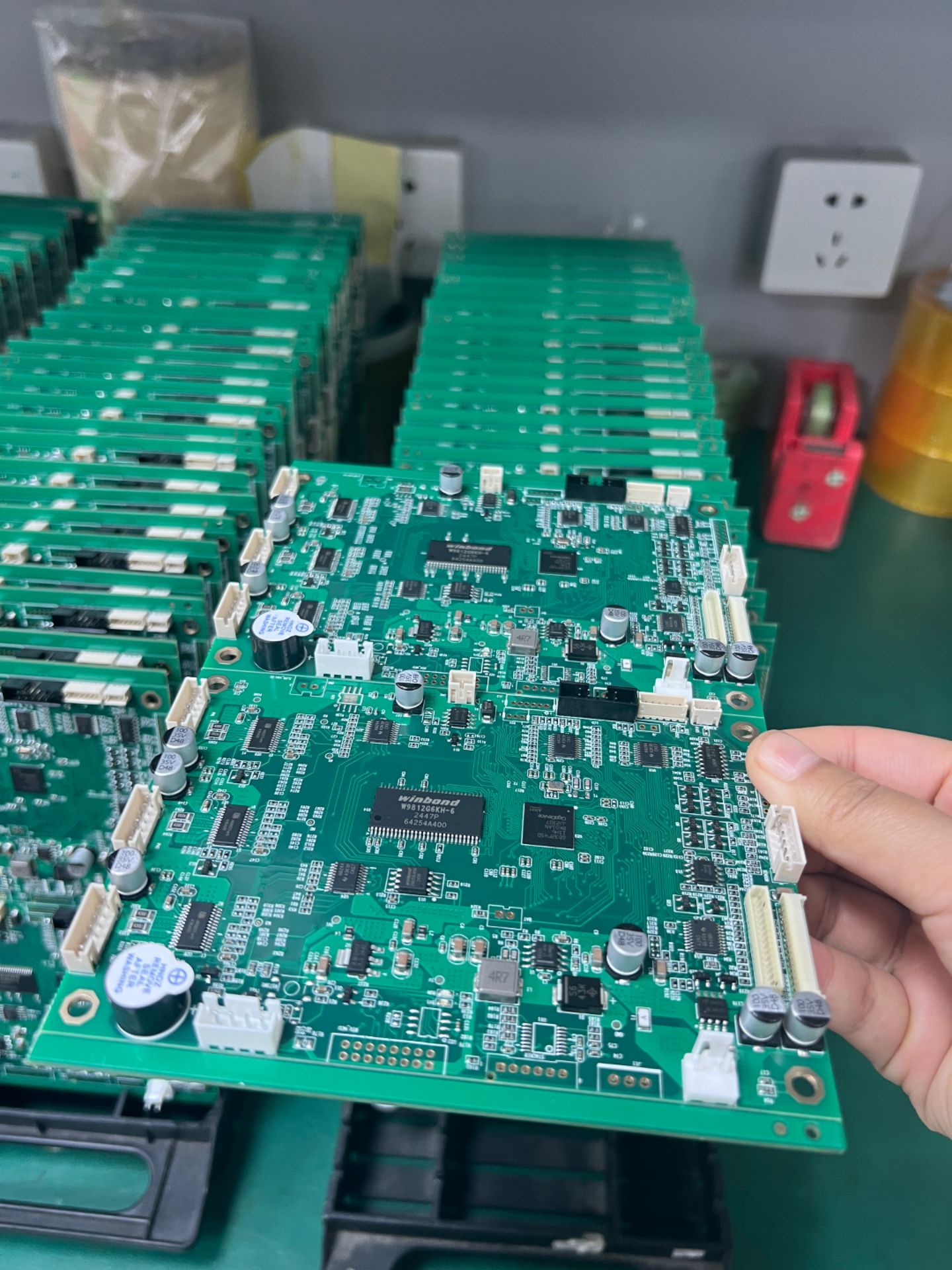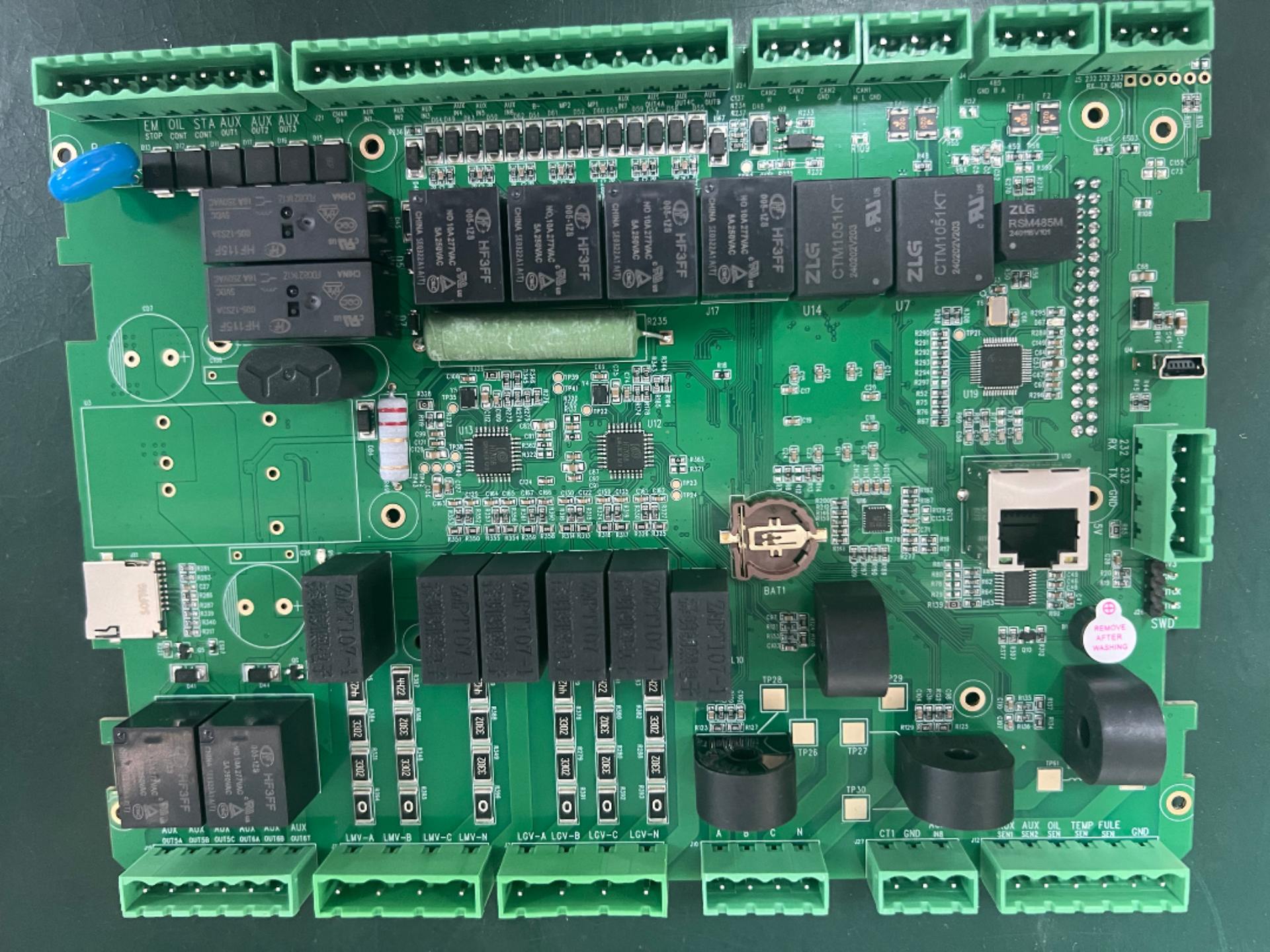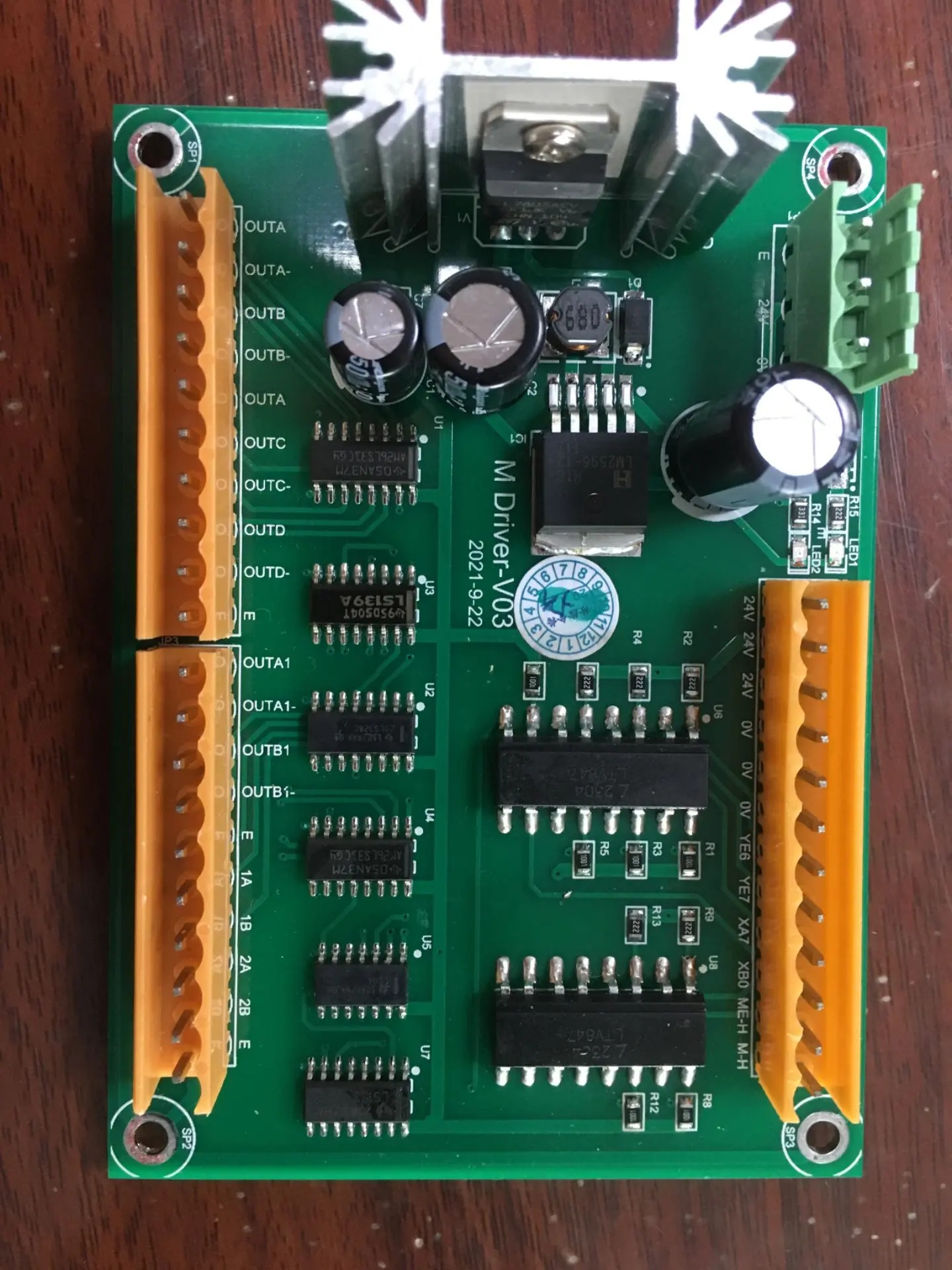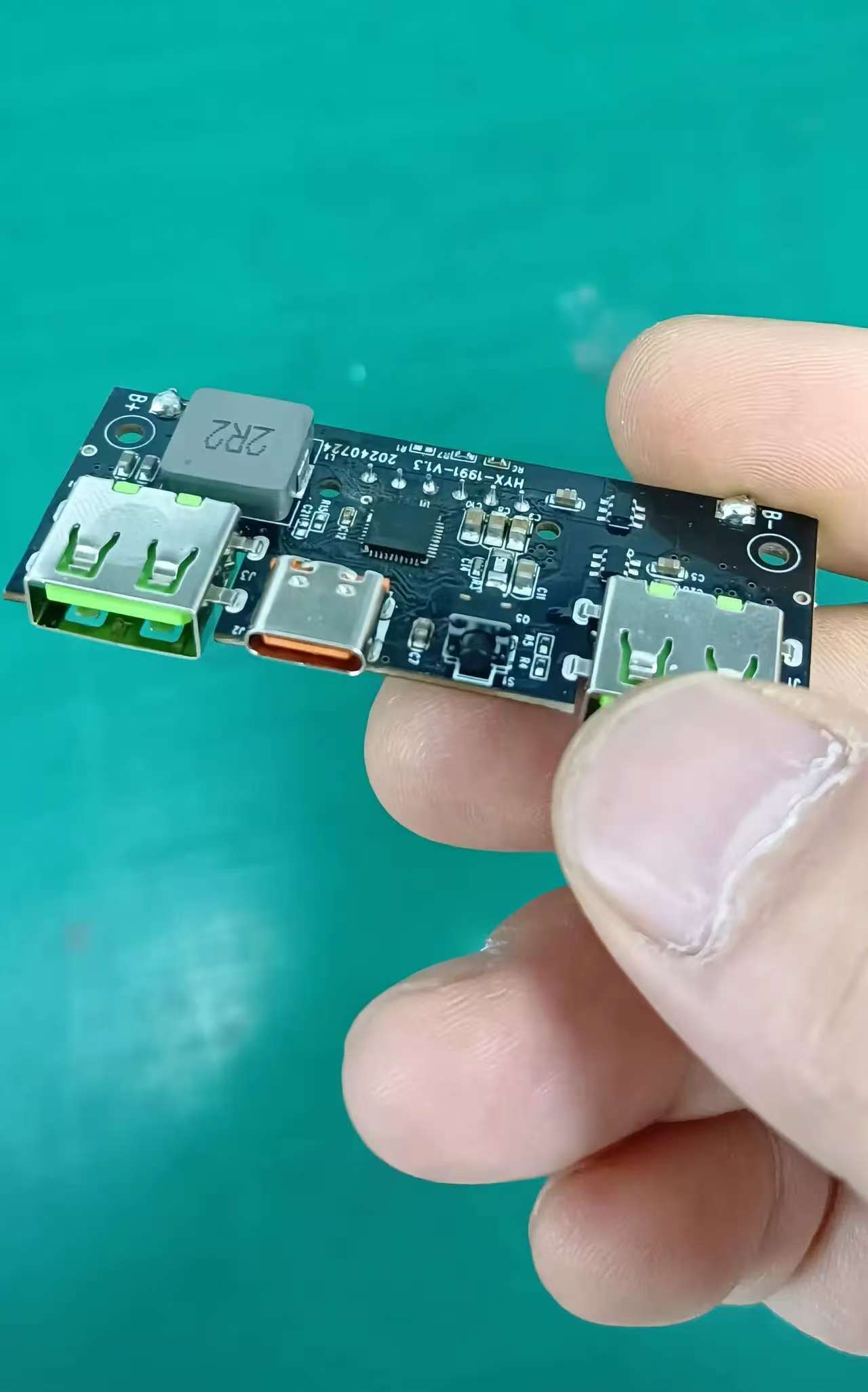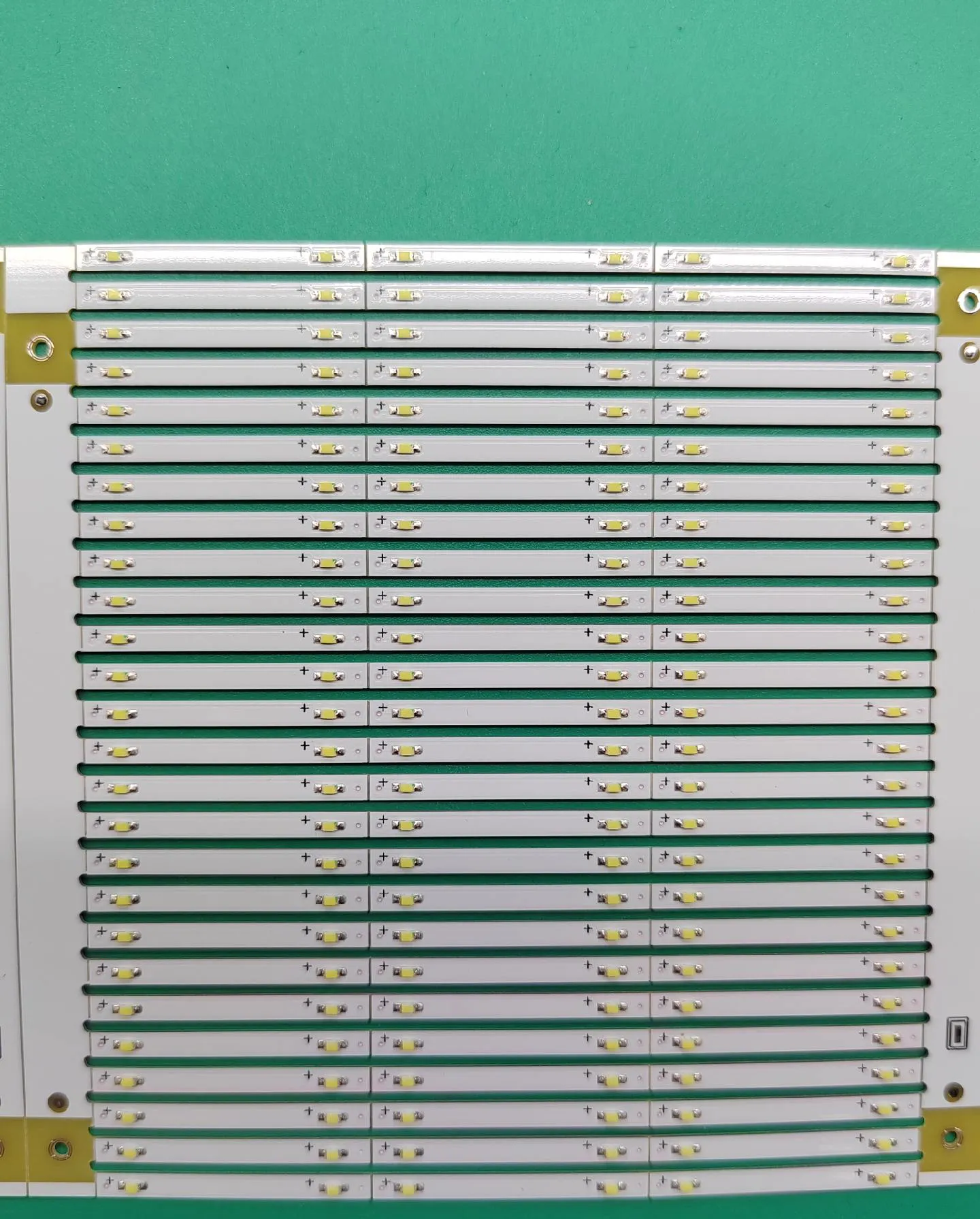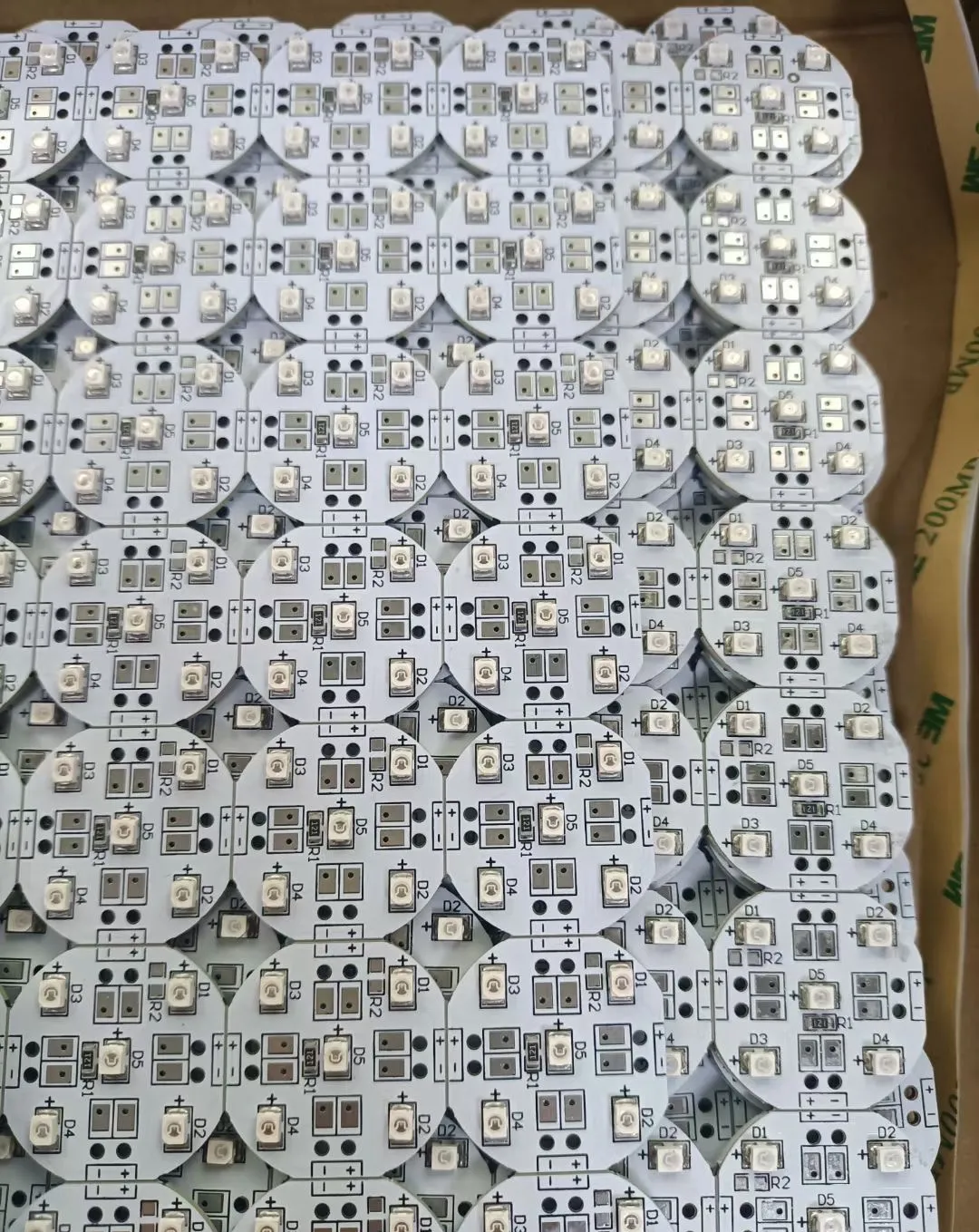Engineers, don't step on the pit! What is the size of PCB vias? Remember these 2 numbers
Dear old irons who draw boards! 👋 via hole, how big is the right? 🤔 If you choose a small one, you will fear process problems and increase costs; Choosing a big one takes up a lot of space, especially when the board space is tight, it is simply obsessive-compulsive disorder! 😫
Regular PCB design, remember this "golden partner"!
In most of our ordinary PCB designs, if the wiring space permits, the following two via combinations are safe choices for cost performance and reliability:
1 ⃣ Bore diameter 0.3 mm + welding pad 0.6 mm
This is a very mainstream size at present, which can be easily controlled by most board factories, and the cost is relatively friendly.
2 ⃣ Bore diameter 0.4 mm + welding pad 0.7 mm
If there is plenty of space, this size is even better! Larger pads, better production alignment tolerance, and higher soldering reliability. 💪
✨ Tips ✨
1. Why is the pad larger than the hole? The main purpose is to ensure that the hole ring has a sufficient width, prevent the open circuit caused by drilling deviation, and at the same time facilitate welding. Theoretically, the pad 0.3 mm larger than the hole diameter is a good starting point.
2. Can it be bigger? Of course! Under the premise that space permits, the pads should be appropriately larger, which is beneficial to PCB manufacturing yield and welding reliability. 👍
3. Special analysis of special circumstances: If you are making high-density boards (HDI), high-frequency and high-speed boards, or require excessive current, then the via design must be specially designed according to specific application scenarios, impedance, current carrying and other requirements! 😉
All in all, for routine applications, remember that the two commonly used combinations of 0.3/0.6 mm and 0.4/0.7 mm can help you avoid many pitfalls! ✅
8033 View

